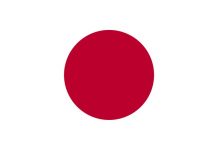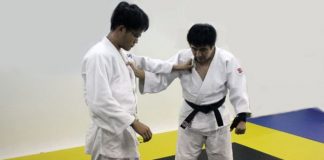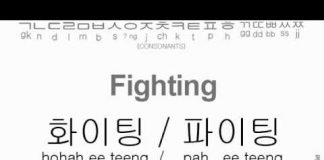| Tachi: | A Japanese long sword worn slung from a sword belt. Like the katana, the tachi had a single-edged curved blade. | |
| Tachi rei: | “Standing bow.” A salutation common to numerous Japanese martial arts. | |
| Tachi-waza | Karate Stances | |
| Tabi | Split toed socks worn by senior instructors. | |
| Tae kwon do: | “Way of hands and feet.” The primary form of Korean unarmed combat, named during a conference of chung do kwan masters in 1955. It is considered the most popular martial art in the world. | |
| Tai chi chuan: | “Grand ultimate fist.” An internal system of kung fu, also called soft boxing, characterized by its deliberately slow, continuous, circular, well-balanced and rhythmic movements. | |
| Taijutsu: | “Body art.” A generic term for a system of empty-hand combat. | |
| Tai-otoshi: | Body drop. | |
| Tai sabaki: | “Body movement.” | |
| Taisho: | The captain of a team. | |
| Tanden: | Abdomen. | |
| Tang soo do: | “Art of the Chinese hand.” A Korean combative differing only slightly from Tae Kwon Do. | |
| Tan tien: | “Sea of chi.” The psychic center located just below the naval, which protects the center of gravity and produces a reservior of force upon which to draw. Also known as “tan den.” | |
| Tanto: | A Japanese dagger with a blade eight to sixteen inches long and carried by the samurai in addition to the katana. | |
| Tashi: | “Expert.” An expert of Japanese martial arts who is of third- to fourth-degree black belt. All belts within this category, however, do not recieve this title. | |
| Tatami: | “Straw mat.” A mat usually measuring three by six feet and three inches thick (with bound straw inside.) | |
| Tate: | Vertical fist. | |
| Tatte: | A command to stand up from a kneeling position. | |
| Tetsubishi: | A four-pointed caltrop used by the ninja to slow down a persuer. No matter which way a tetsubishi landed one sharp point always protruded upward. | |
| Tetsubo: | “Iron staff.” A weapon used by the samurai from either a horse-mounted or ground position. | |
| Te: | Hand. | |
| Te-waza | Hand techniques. | |
| Three sectional staff: | A Chinese weapon consisting of three rods connected by chain or rope. | |
| Ti: | Belt. | |
| Tjabang: | An iron truncheon similar to the Okinawan sai. | |
| Tobu: | An expression referring to the head area except the face. | |
| Tomari-te: | One of the three original Okinawan karate schools, which derived its name from the village where it originated. | |
| Tomoe: | “Circular” or “stomach.” | |
| Tonfa: | “Handle.” An old Okinawan farming tool developed as a weapon by Okinawan farmers. | |
| Tsuba: | The guard of a samurai sword. | |
| Tsubame-gaeshi: | Swallow counter. Judo foot technique. | |
| Tsuka: | The handle of a samurai sword. | |
| Tsuki: | Thrust. Basic punch. | |
| Tsuri-goshi: | Lifting hip. Judo hip technique | |
| Tsurikomi-goshi: | lifting pulling hip, Judo hip technique | |
| Tsuzukete: | “Continue.” A term used by the referee in a karate match, most frequently after a scoreless exchange. | |
| Tuite: | Joint turning. |







